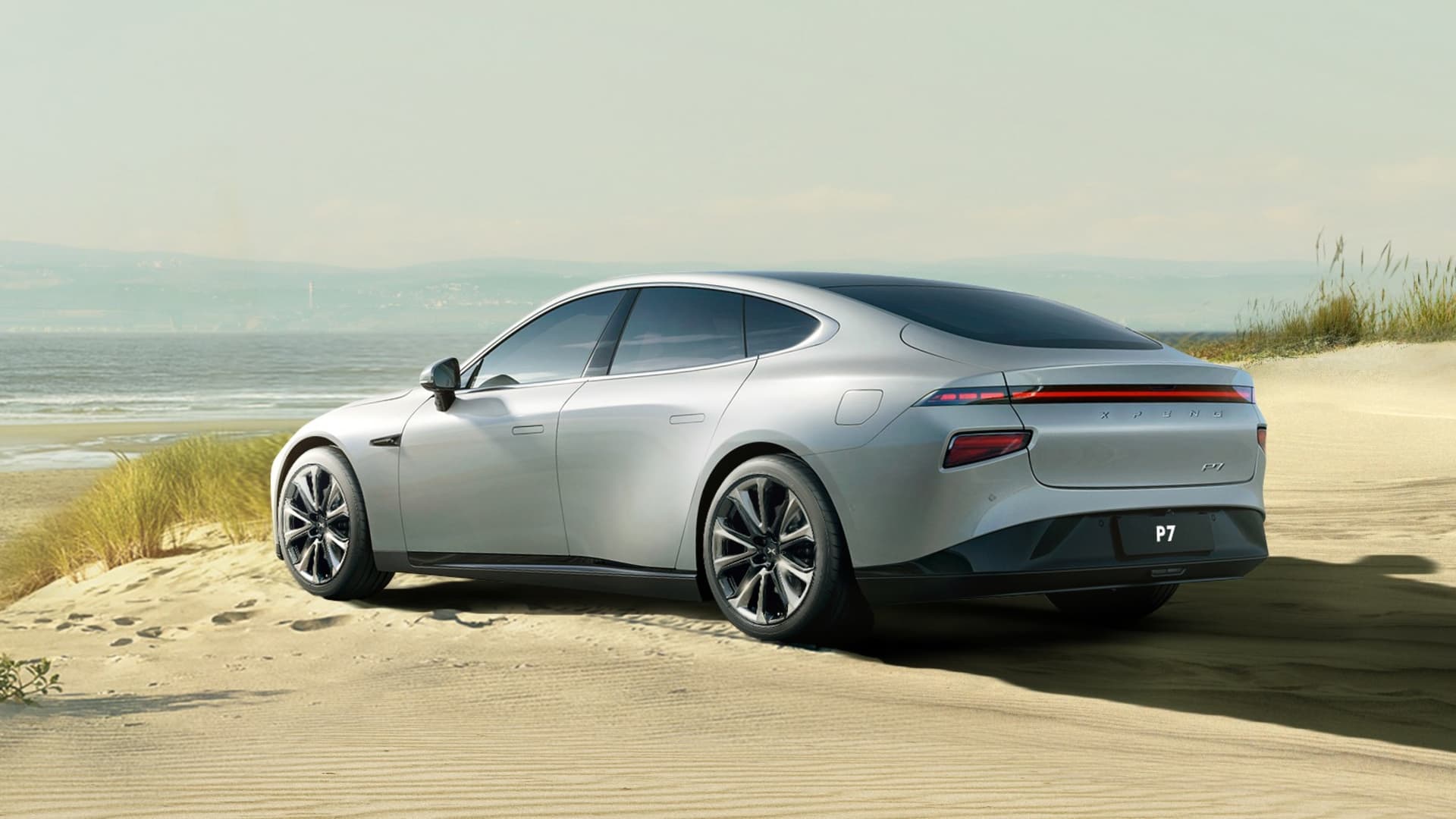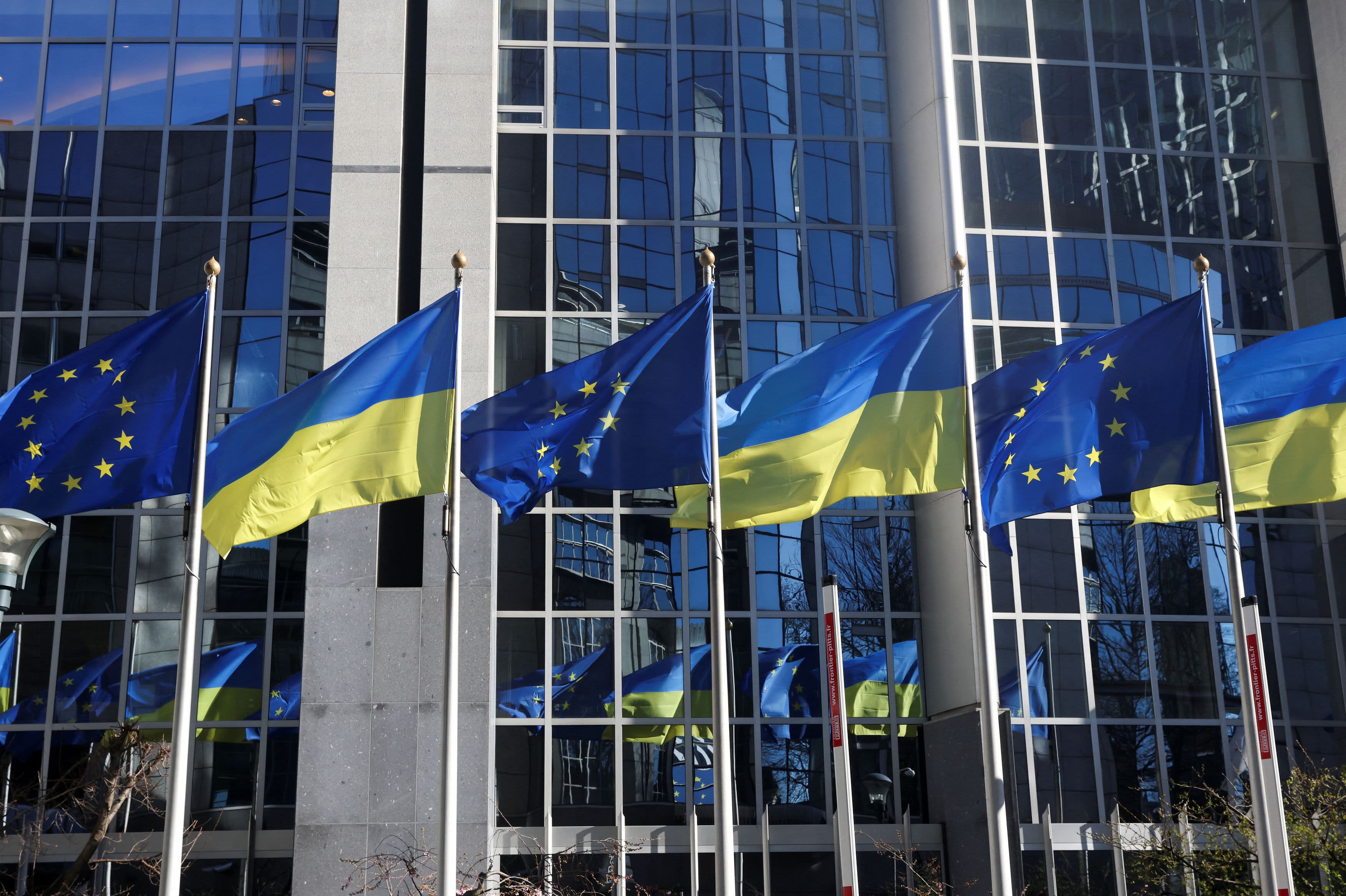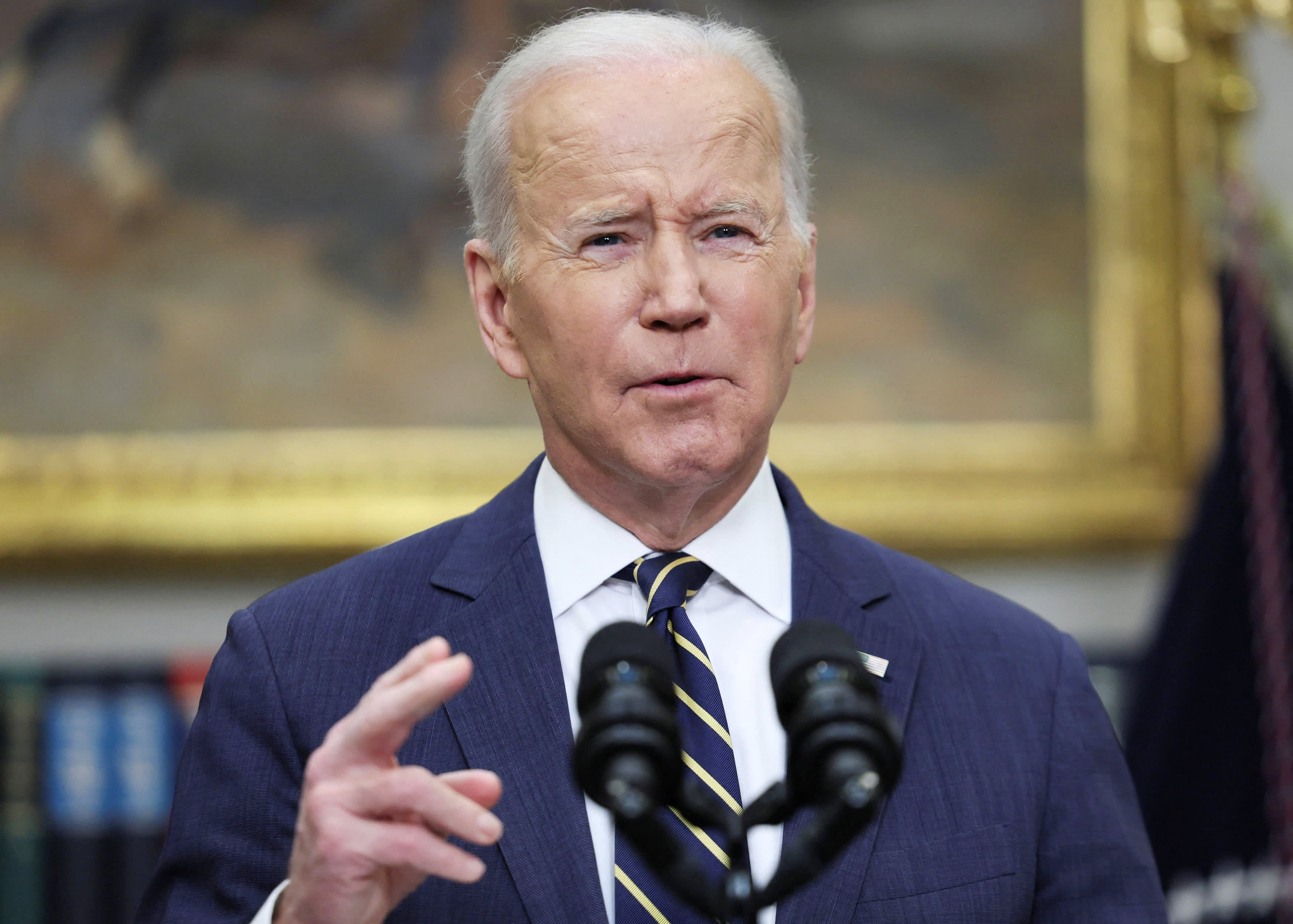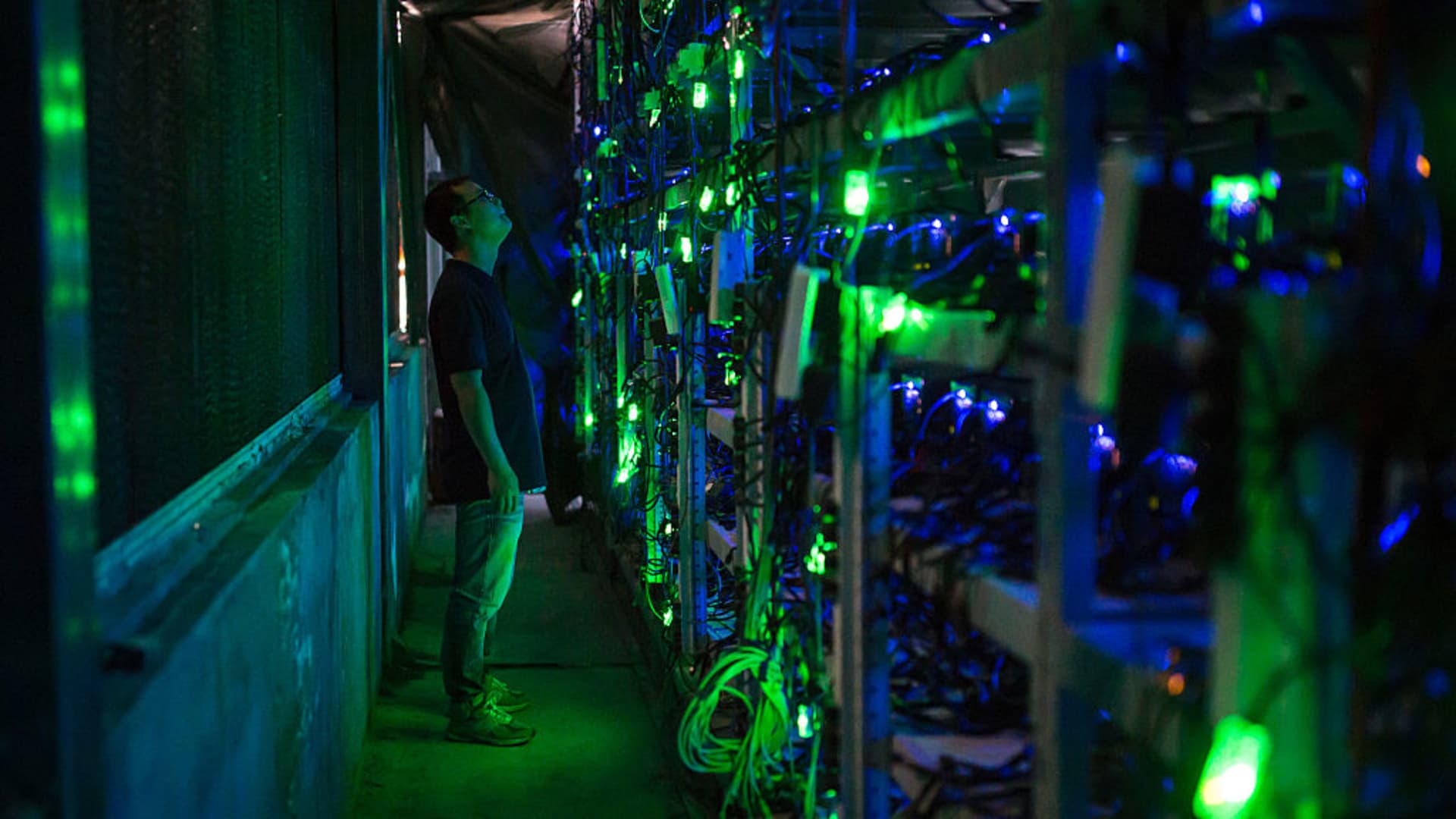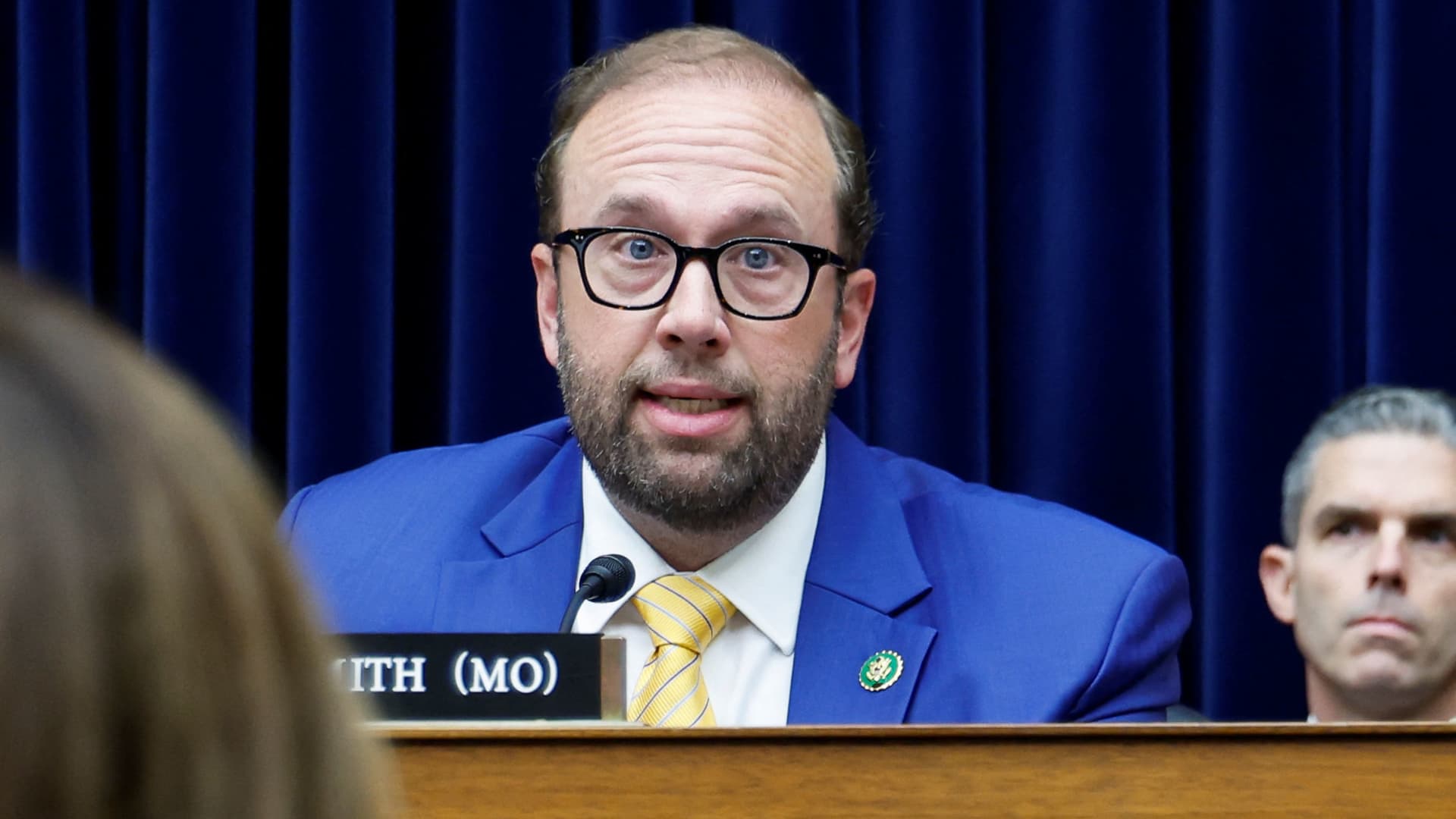NATO set to increase its high-readiness forces to over 300,000 in massive military buildup
NATO leaders are preparing to convene in Madrid to decide on the so-called Strategic Concept, the 30-member alliance's most important document.
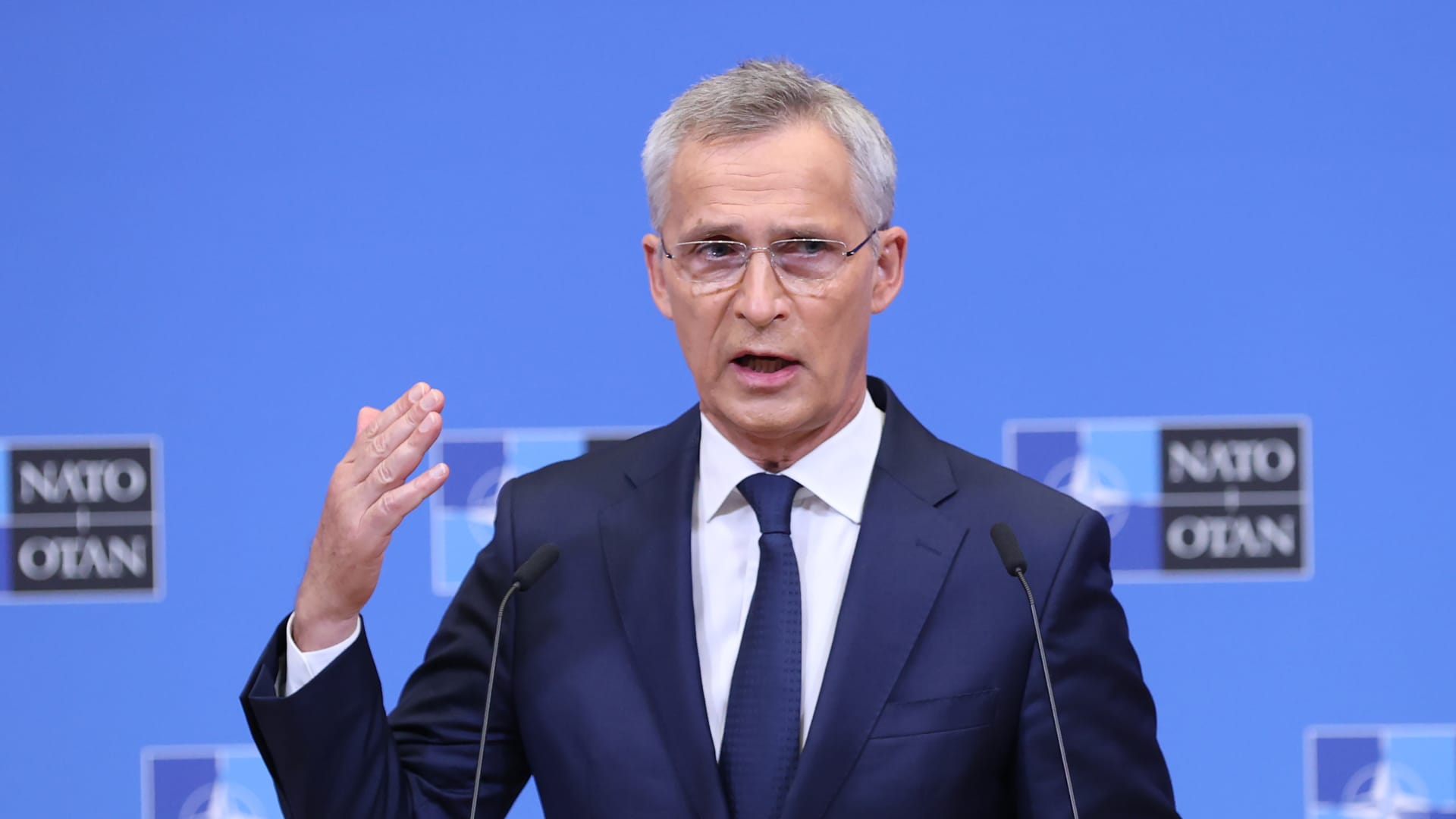
Stoltenberg has said NATO's updated Strategic Concept will likely refer to Russia as the "most significant and direct threat" to security.
Anadolu Agency | Anadolu Agency | Getty Images
NATO Secretary-General Jens Stoltenberg on Monday said the military alliance is poised to increase the number of its high-readiness forces to well over 300,000 as part of what he described as "the biggest overhaul of collective defense and deterrence since the Cold War."
His comments come as NATO leaders prepare to convene in Madrid, Spain this week to decide on the so-called Strategic Concept, the 30-member alliance's most important document.
The text, which is updated roughly every decade, will reaffirm NATO's values, provide a collective assessment of the security challenges and act as a guide to the group's future political and military development.
Stoltenberg repeated the alliance's intention to recognize Russia as the "most significant and direct threat" to security in the wake of President Vladimir Putin's onslaught in Ukraine.
"Our NATO Summit in Madrid this week will be transformative with many important decisions, including on a new Strategic Concept for a new security reality," Stoltenberg said at a press conference.
"We will transform the NATO Response Force and increase the number of our high readiness forces to well over 300,000," he added.
This pledge reflects an increase of some 650% given that NATO's enhanced Response Force currently comprises around 40,000 troops.
"These troops will exercise together with home defense forces, and they will become familiar with local terrain facilities … so that they can respond smoothly and swiftly to any emergency," Stoltenberg said.
'Deterrence by denial'
It follows a coordinated appeal from Russia's neighbors to shore up the defenses on Europe's eastern flank. The Baltic nations of Estonia, Latvia and Lithuania have said Russia's invasion of Ukraine requires a fundamental change to NATO's existing military construct.
The three countries, all members of NATO and the European Union, have repeatedly called on NATO to provide a substantial increase in the number of foreign troops stationed in the region and to rethink the alliance's existing "tripwire" approach.
Instead, Estonia's foreign ministry has pushed for a "deterrence by denial" strategy. Such a shift could see NATO significantly bolster the number of allied forces in Europe's eastern flank to ensure that Estonia, Latvia and Lithuania can credibly fight to protect their territories in the event of a Russian invasion while awaiting reinforcement from the broader alliance.
"At the summit, we will strengthen our forward defenses. We will enhance our battle groups in the eastern part of the alliance up to brigade levels," Stoltenberg said, noting that the military buildup would also require further investment from NATO members.
Commenting on newly released defense spending figures, Stoltenberg said 2022 will mark the eighth consecutive year of increased spending across European allies and Canada.
By year-end, Stoltenberg said they will have invested "well over" $350 billion extra since the group's Defense Investment Pledge in 2014. This refers to NATO's agreement for its allied members to spend at least 2% of gross domestic product on defense within a decade.
Stoltenberg said the 2% benchmark was "increasingly considered a floor, not a ceiling."
Alongside a focus on Russia, Stoltenberg said NATO's updated Strategic Concept would address China for the first time "and the challenges that Beijing poses to our security, interests and values."
"It will also cover our evolving approach to a number of other threats and challenges, including terrorism, cyber and hybrid," he added.

 Troov
Troov 







